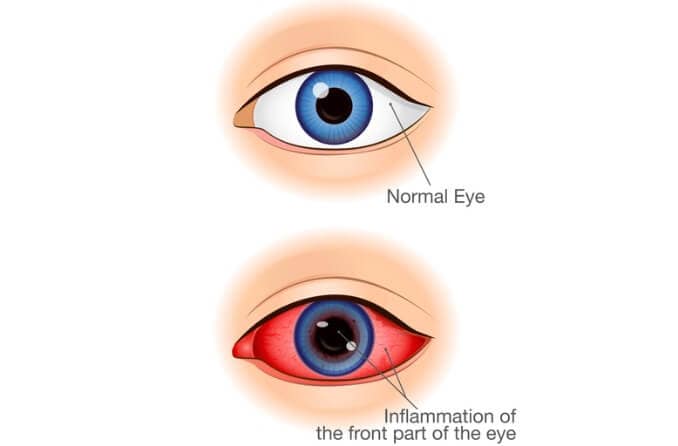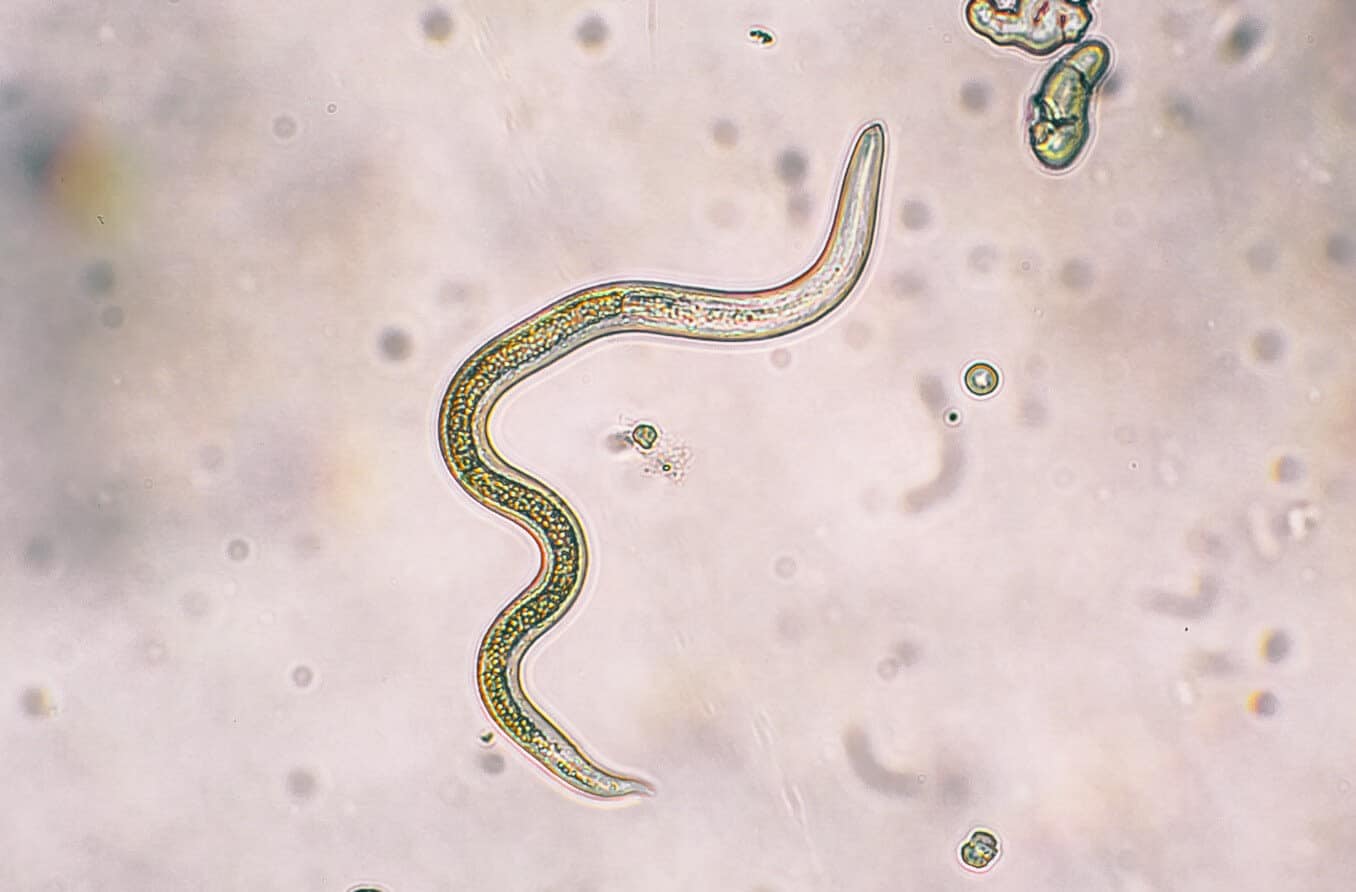Common eye infections include:
Pink eye
One of the most common types of eye infection is conjunctivitis, more commonly known as pink eye.
Pink eye is a very contagious eye infection often spread among children in day care centers, classrooms and similar environments. Teachers and day care workers have an increased risk of pink eye when they work in close quarters with young children.
Infectious conjunctivitis types are often viral or bacterial. Infants can acquire conjunctival eye infections (gonococcal and chlamydial conjunctivitis) during birth when a mother has a sexually transmitted disease.
Besides common pink eye, other viral eye infections include ocular herpes, which occurs with exposure to the Herpes simplex virus.
Stye
A stye is a common infection that causes a tender, red bump on the edge of the eyelid.
Styes happen when something blocks an eyelid oil gland, leading to a small, but uncomfortable, bacterial infection. Most styes can be treated using basic home remedies. In less common situations, they can require medical attention.
A chalazion and a stye are easy to confuse. However, unlike a stye, a chalazion is painless, is not a bacterial infection, and usually occurs further away from the edge of the eyelid.
Fungal keratitis
Fungal keratitis is a fungal eye infection made worldwide news in 2006 when a contact lens solution was linked to an outbreak among contact lens wearers. The solution is no longer on the market.
The outbreak was associated with the fungi Fusarium, often found in organic matter. This and other fungi can invade the eye in other ways, such as a penetrating injury caused by a tree branch.
Acanthamoeba keratitis
Contact lens wearers are at increased risk of encountering parasites that can invade the eye and cause a serious sight-threatening infection called Acanthamoeba keratitis.
This is why contact lens wearers should observe certain safety tips, like avoiding swimming while wearing contacts. Proper contact lens care must be followed to minimize the risk of all types of infection.
FDA guidelines recommend that manufacturers include a discard date (not just a date of expiration) on contact lens cleaning and disinfecting products to help minimize the risk of an eye infection.
Trachoma
While uncommon in the United States, the eye infection known as trachoma is so widespread in some underdeveloped regions that it's a leading cause of blindness. Flies can spread the infection in certain environments, and reinfection is a common problem.
Trachoma usually infects the inner eyelid, which starts to scar. Scarring then causes an "in-turning" of the eyelid, and eyelashes begin to brush against — and destroy — tissue on the cornea, resulting in permanent blindness.
Good hygiene and the availability of medical treatment like oral antibiotics are essential to controlling trachoma.
Endophthalmitis
When an eye infection penetrates the inside of the eye, as with bacterial endophthalmitis, blindness can occur without immediate treatment — which usually includes strong antibiotics.
This type of infection can happen after a serious eye injury or as a rare complication of an eye surgery, such as cataract surgery. Whenever an eye injury penetrates the eyeball, there is a 4% to 8% risk of endophthalmitis.
Mold can also cause endophthalmitis. Most of these cases are reported in tropical regions.
SEE RELATED: Other types of keratitis











